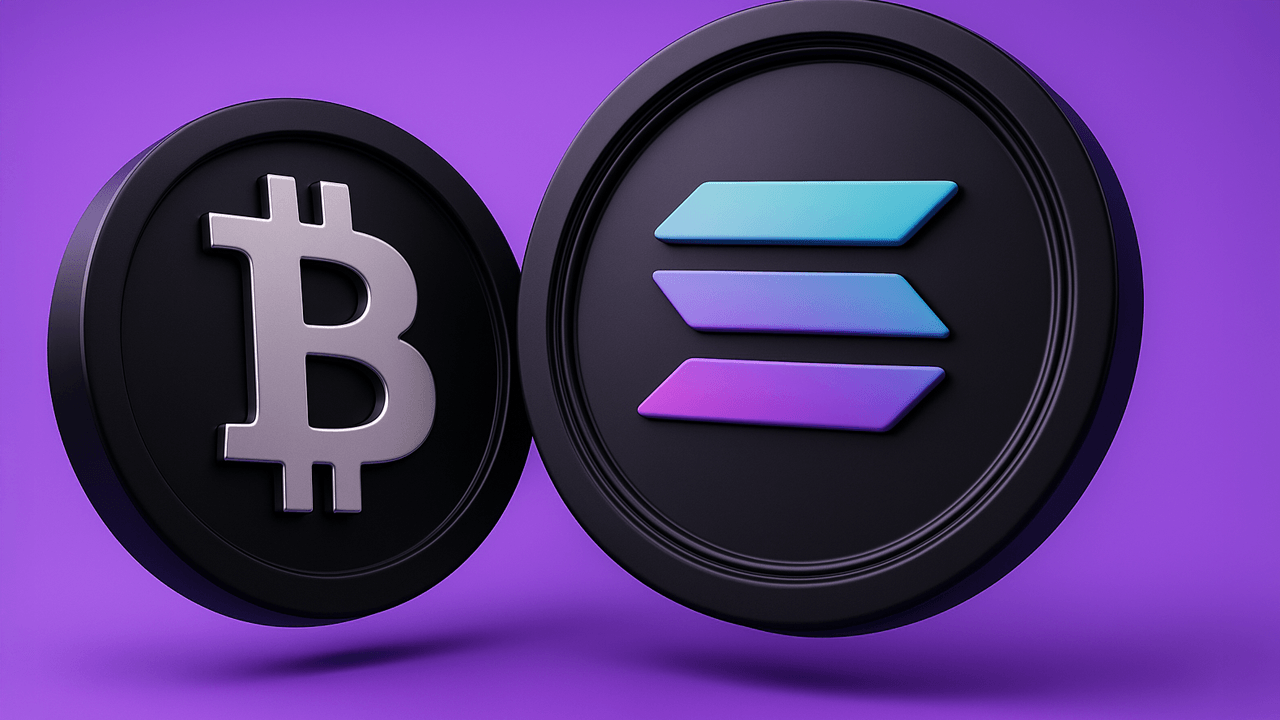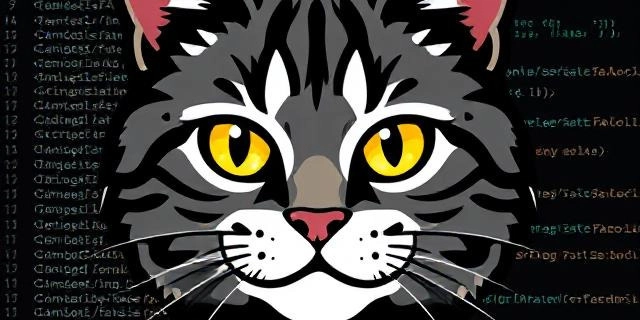Clean Architecture in .net application step by step
Clean Architecture is a software design philosophy introduced by Robert C. Martin (Uncle Bob). Its goal is to create systems that are: Independent of frameworks Testable Independent of UI or database Flexible and maintainable Key Principles Separation of Concerns: Each layer of the application has a specific responsibility and doesn't mix with others. Dependency Rule: Code dependencies must point inward, from outer layers (UI, DB) to inner layers (Use Cases, Entities). Inner layers know nothing about the outer layers. Inversion of Control: High-level policies (business rules) shouldn't depend on low-level details (DB, APIs). Instead, interfaces should be used to invert control. Independence: Framework Independent: Can change from ASP.NET to another without affecting core logic. Database Independent: Can switch from SQL Server to MongoDB. UI Independent: Can change from Web to Mobile easily. The Layers Domain Layer (Entities) Contains core business rules Framework and UI agnostic Pure business objects (e.g., User, Order) Application Layer (Use Cases) Contains application-specific logic Coordinates the flow of data Interfaces with repositories E.g., CreateUser, GetOrders Interface Adapters Layer Adapts data between use cases and frameworks Includes Controllers, Gateways, ViewModels Implements interfaces from Application Layer Frameworks & Drivers External tools and frameworks (e.g., ASP.NET Core, EF Core) Dependency injection and infrastructure Least stable and most replaceable Flow of Control UI (Controller) → Use Case → Domain Logic → Output/Result Controllers receive the input (e.g., HTTP request) Pass data to the Use Case Use Case performs business logic using the Domain Returns results (e.g., DTOs or ViewModels) ⚖️ Advantages High Testability – Business logic can be tested without UI or DB. Easy to Maintain – Changes in UI/DB won’t affect core logic. Scalability– Modular design helps teams work independently. Reusability– Domain and Use Cases are reusable in different apps. ⚠️ Common Mistakes Violating the dependency rule (e.g., use case calling Entity Framework directly) Mixing business logic with framework code Skipping interfaces (tight coupling)
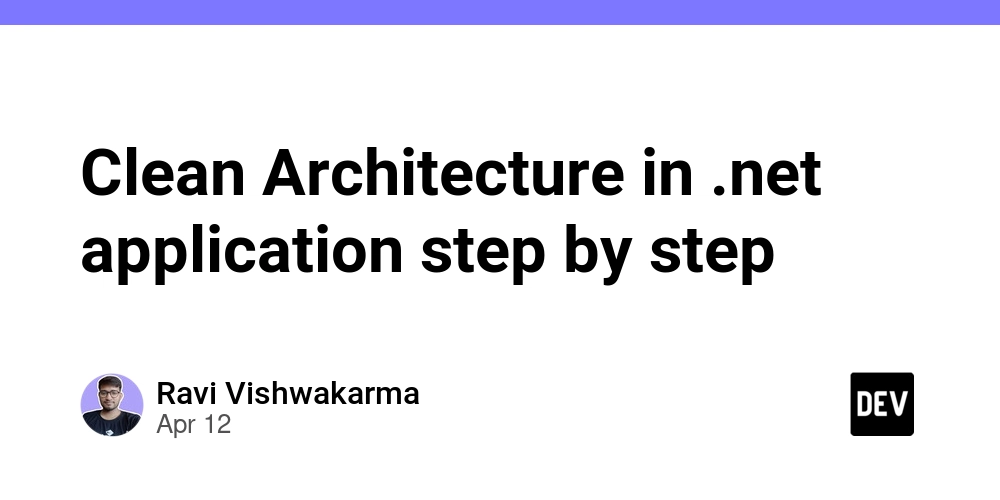
Clean Architecture is a software design philosophy introduced by Robert C. Martin (Uncle Bob). Its goal is to create systems that are:
- Independent of frameworks
- Testable
- Independent of UI or database
- Flexible and maintainable
Key Principles
- Separation of Concerns: Each layer of the application has a specific responsibility and doesn't mix with others.
- Dependency Rule: Code dependencies must point inward, from outer layers (UI, DB) to inner layers (Use Cases, Entities). Inner layers know nothing about the outer layers.
- Inversion of Control: High-level policies (business rules) shouldn't depend on low-level details (DB, APIs). Instead, interfaces should be used to invert control.
-
Independence:
- Framework Independent: Can change from ASP.NET to another without affecting core logic.
- Database Independent: Can switch from SQL Server to MongoDB.
- UI Independent: Can change from Web to Mobile easily.
The Layers
-
Domain Layer (Entities)
- Contains core business rules
- Framework and UI agnostic
- Pure business objects (e.g., User, Order)
-
Application Layer (Use Cases)
- Contains application-specific logic
- Coordinates the flow of data
- Interfaces with repositories
- E.g., CreateUser, GetOrders
-
Interface Adapters Layer
- Adapts data between use cases and frameworks
- Includes Controllers, Gateways, ViewModels
- Implements interfaces from Application Layer
-
Frameworks & Drivers
- External tools and frameworks (e.g., ASP.NET Core, EF Core)
- Dependency injection and infrastructure
- Least stable and most replaceable
Flow of Control
UI (Controller) → Use Case → Domain Logic → Output/Result
- Controllers receive the input (e.g., HTTP request)
- Pass data to the Use Case
- Use Case performs business logic using the Domain
- Returns results (e.g., DTOs or ViewModels)
⚖️ Advantages
- High Testability – Business logic can be tested without UI or DB.
- Easy to Maintain – Changes in UI/DB won’t affect core logic.
- Scalability– Modular design helps teams work independently.
- Reusability– Domain and Use Cases are reusable in different apps.
⚠️ Common Mistakes
- Violating the dependency rule (e.g., use case calling Entity Framework directly)
- Mixing business logic with framework code
- Skipping interfaces (tight coupling)










































































































































































![[The AI Show Episode 143]: ChatGPT Revenue Surge, New AGI Timelines, Amazon’s AI Agent, Claude for Education, Model Context Protocol & LLMs Pass the Turing Test](https://www.marketingaiinstitute.com/hubfs/ep%20143%20cover.png)














































































































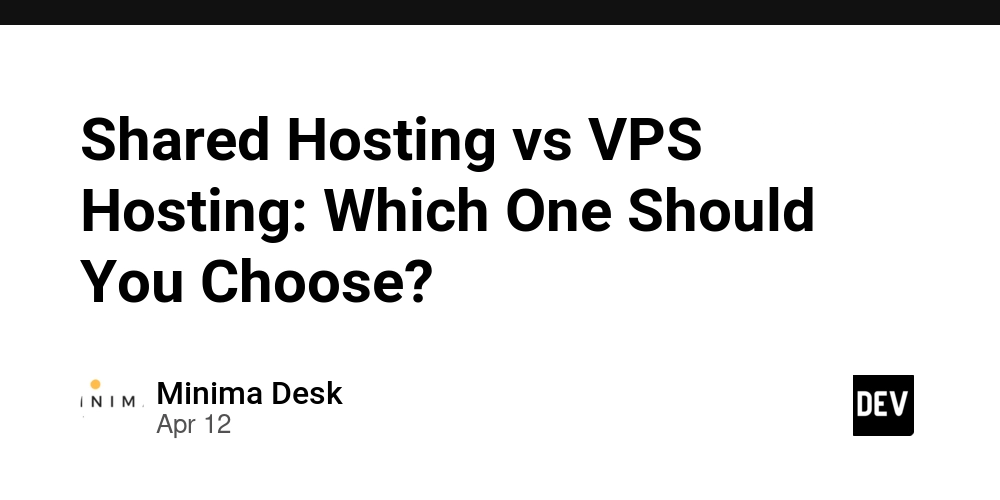
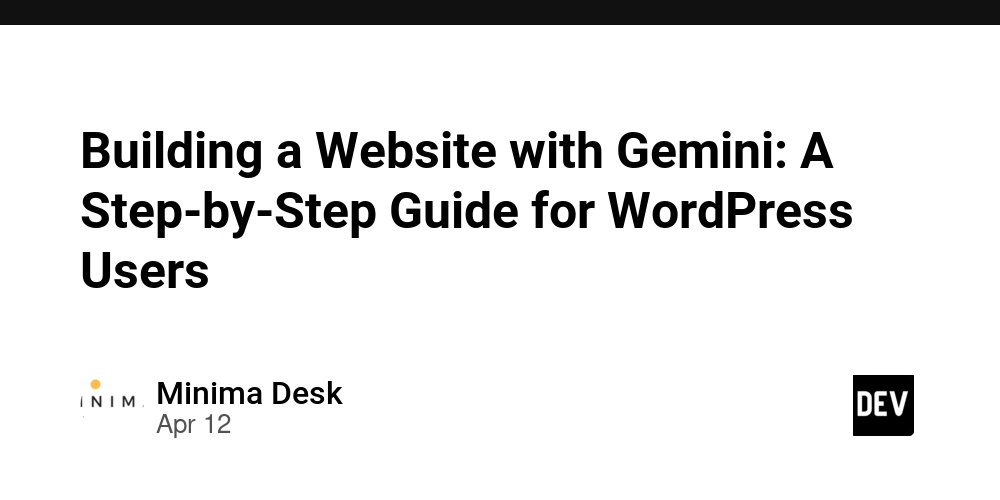
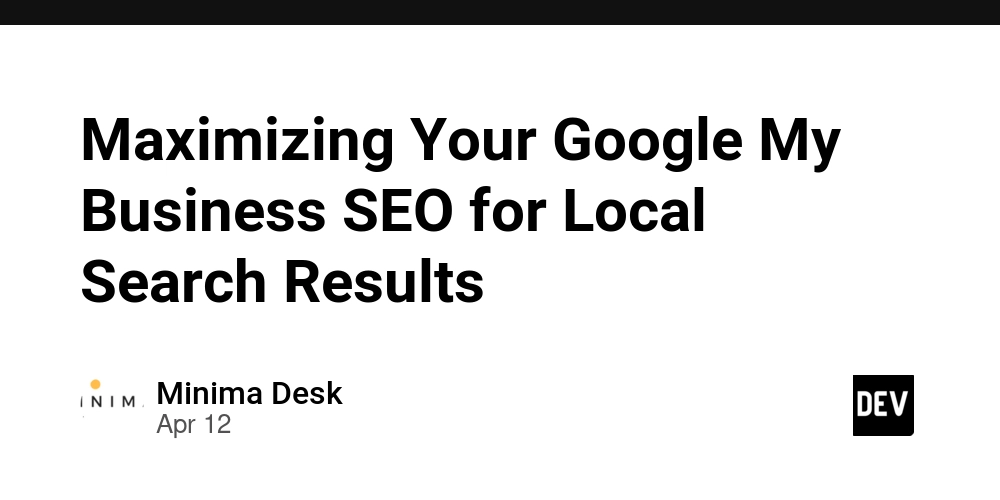
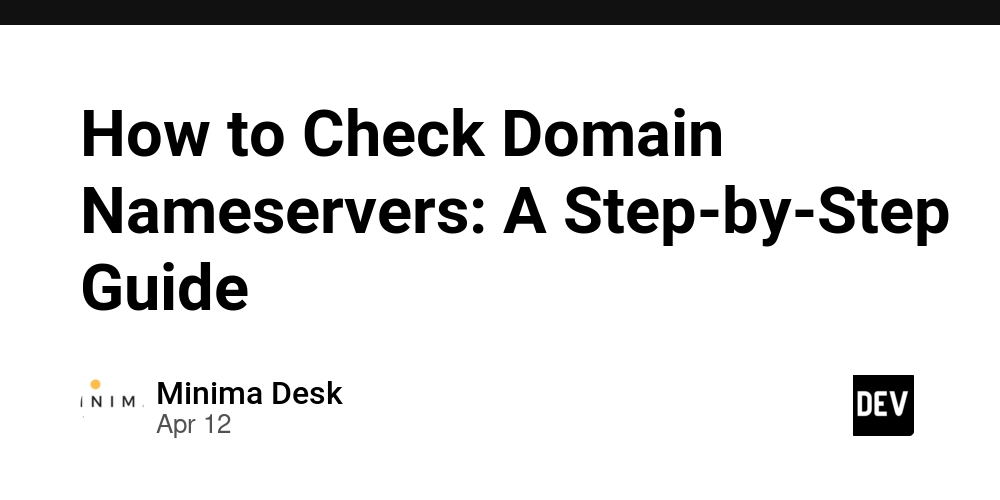











![From Accountant to Data Engineer with Alyson La [Podcast #168]](https://cdn.hashnode.com/res/hashnode/image/upload/v1744420903260/fae4b593-d653-41eb-b70b-031591aa2f35.png?#)




































































































.png?#)













































































































































![Apple Watch SE 2 On Sale for Just $169.97 [Deal]](https://www.iclarified.com/images/news/96996/96996/96996-640.jpg)

![Apple Posts Full First Episode of 'Your Friends & Neighbors' on YouTube [Video]](https://www.iclarified.com/images/news/96990/96990/96990-640.jpg)


































































































